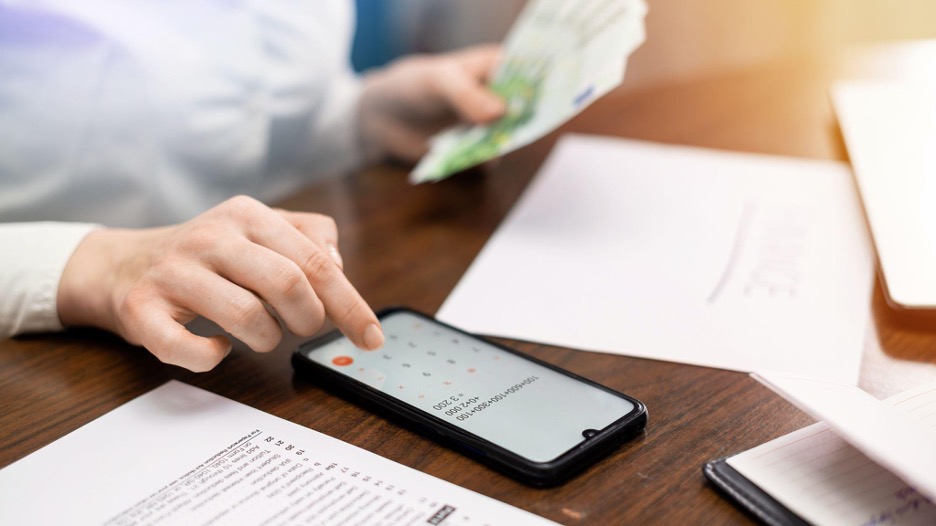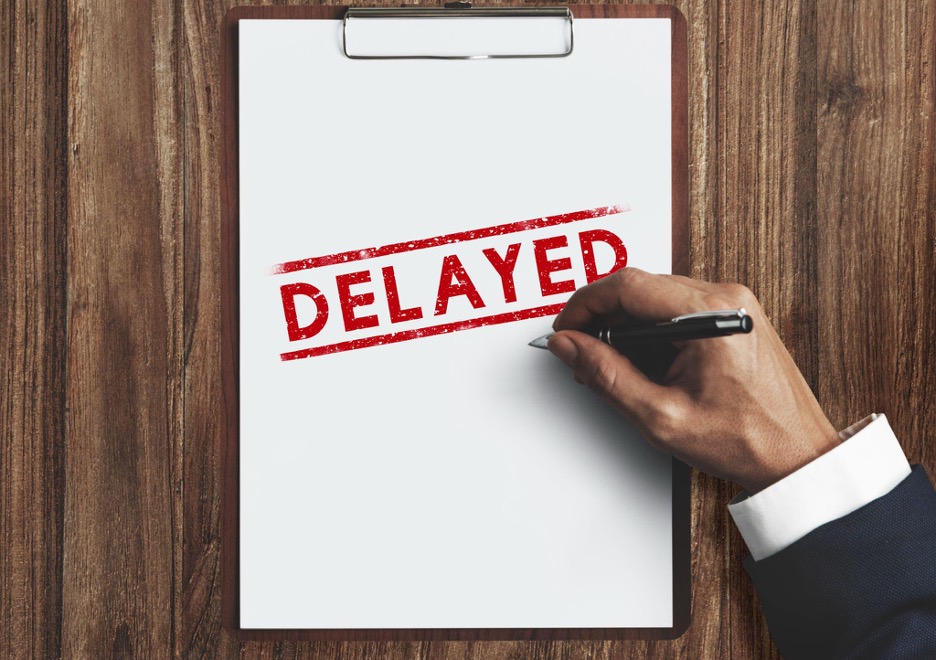
If you've been charged for an app subscription you didn’t use, the first step is to cancel it. After that, request a refund directly through the platform where you made the purchase. That could be the Apple App Store, Google Play Store, Microsoft, or a third-party provider like Spotify or Netflix.
Refund policies vary by platform, but most of them require you to act quickly, usually within a few days of being charged. You’ll typically get a decision within one to four business days.
Step-by-Step Refund Process for Each Platform

Apple App Store (iPhone and iPad)
If the subscription was made through an Apple ID, use Apple’s refund system:
- Go to reportaproblem.apple.com
- Sign in with your Apple ID
- Select “Request a refund” from the menu
- Choose the app or subscription you want to refund
- Pick a reason from the list and submit
You may also need to cancel the subscription separately in your iPhone settings under Subscriptions.
Refund decisions usually take between 24 and 48 hours. If you're unsure which Apple ID was charged, search your email for the phrase "receipt from Apple" and check the account listed there.
Google Play Store (Android Devices)
If the subscription was made on an Android phone or tablet, follow these steps:
- Visit play.google.com
- Click your profile icon in the top-right corner
- Go to “Payments & subscriptions” > “Budget & order history”
- Find the app in the list and click “Report a problem.”
- Select your reason and submit the request
Google typically reviews and replies to refund requests within one to four business days. Some apps may require you to contact the developer directly, especially if the charge was made more than 48 hours ago.
Microsoft Subscriptions (Microsoft 365, Xbox, Copilot, etc.)
For subscriptions billed through Microsoft:
- Go to account.microsoft.com
- Sign in with the same Microsoft account used for the purchase
- Locate the subscription and select “Manage”
- Cancel the subscription first if it’s still active
- Use the refund tool or click “Get help” to contact support
Important: Canceling a Microsoft subscription doesn’t always guarantee a refund. Refund eligibility depends on the region and whether the service was used. Partial refunds may be available in countries like Germany or the Netherlands.
Third-Party Platforms (Netflix, Spotify, Duolingo, etc.)
If your subscription was made directly through a third-party provider, not via Apple or Google, use the company’s own customer service:
- Visit the company’s support or help center
- Find their refund or cancellation policy
- Submit a support ticket or use their live chat, or contact form
- Clearly explain why you want a refund, and that the subscription was unused
- Be ready to provide payment confirmation or usage logs, if asked
Each provider has different rules. Some may offer partial refunds or cancel charges retroactively if it’s clear the subscription was not used.
When Are You Eligible for a Refund?

Refund eligibility depends on multiple factors:
- Time since purchase: Most platforms only allow refunds if requested within 48 hours to 14 days
- Usage: If you’ve used the app or service, the chances of a full refund drop
- Type of subscription: Ongoing auto-renewals may have stricter rules
- Payment method: Refunds through PayPal or virtual cards can take longer or require extra steps
- Region: Some countries, like those in the EU, give users stronger refund rights for digital products
What to Do If Your Refund Request Is Denied

If your refund gets rejected, don’t panic. You have a few options:
- Contact customer support again — Ask for an explanation and offer more detail or proof that the subscription wasn’t used.
- Escalate through the platform — Apple, Google, and Microsoft have second-level support routes you can use.
- Dispute the charge — You can file a chargeback through your bank or credit card provider if the transaction feels unfair or unauthorized.
- Use external help — For serious cases, file a complaint through consumer protection websites or services like the Better Business Bureau or your country’s consumer watchdog.
Persistence often helps. Being polite, specific, and firm in your communication can go a long way.
Clarifications That Help Avoid Mistakes
Some common questions can trip people up when requesting a refund. Here's what you need to know:
- Is canceling the same as getting a refund?
- No. Canceling stops future billing. It does not return money you've already paid.
- Do I need to cancel before I request a refund?
- Most platforms recommend canceling the subscription first. Some won't process a refund until cancellation is confirmed.
- Can I get a refund for a free trial I forgot to cancel?
- It depends. Some platforms, like Google and Appl,e may allow it if the charge was recent, but it’s not guaranteed.
- Does uninstalling the app cancel the subscription?
- No. Deleting the app does not stop billing. You must cancel through your account settings or the app store.
Real-World Scenarios Where Refunds Apply
These situations are common reasons people request refunds. Each one may need a slightly different approach:
- You forgot to cancel a free trial and were charged unexpectedly
- A child or family member was purchased without your knowledge
- The app renewed automatically, and you missed the notification
- You uninstalled the app, but didn’t realize billing would continue
- You subscribed to one account, but were charged on another shared payment method
Each of these is worth explaining clearly when submitting a refund request.
Regional Refund Policy Differences
Where you live may change your refund rights:
- European Union
- Consumers have a legal 14-day right to withdraw from most digital purchases, including subscriptions, unless the service has been used.
- United States
- Refunds are granted at the discretion of the platform. There are no federal rules guaranteeing digital refunds.
- Other Regions
- Some countries, like Germany and South Korea, may require partial refunds or have specific consumer protection laws. Microsoft and Google reflect these policies in their terms.
Tools That Help You Stay Ahead of Charges
Keeping track of subscriptions can be tough, especially with free trials and monthly renewals. These tools can help:
- Rocket Money: (formerly Truebill): Cancels unused subscriptions automatically and tracks charges
- Bobby: A simple app to monitor subscriptions manually
- Privacy.com: Lets you create virtual cards for free trials so you don’t get charged
- Set calendar reminders before trials end to avoid auto-renewals
Even basic steps like checking your email for “receipt” or “invoice” regularly can help prevent surprise charges.
Refund or Chargeback: Which One Should You Use?
When a refund is denied, some people turn to chargebacks. Here’s how they compare:
- Requesting a refund through Apple, Google, or Microsoft is the safer and more recommended route. It’s official and doesn’t risk your account status.
- Filing a chargeback with your credit card or bank is a stronger option, but also a last resort. Platforms like Apple may flag or lock accounts if you abuse chargebacks.
Always try the refund process first. Only go to the bank if the platform won’t cooperate and you believe the charge was unfair.
What’s Changing in Subscription Refunds Right Now
The process is getting smarter and faster as platforms evolve. Here’s what’s new:
- Some apps now use AI bots to help users auto-request refunds with one tap
- Subscription reminders are now built into iOS and Android settings to reduce forgotten charges
- Google Play and Android are testing centralized subscription dashboards for easier cancellations
- In some countries, governments are pushing for automatic refunds on unused or mistaken digital charges
The goal is to make managing subscriptions less frustrating and more transparent for users.
How to Avoid Losing Money Next Time
To protect yourself in the future:
- Cancel free trials before they renew
- Use tools to track or block charges
- Submit refund requests as soon as you notice a charge
- Save receipts and check which account was used for billing
Being fast, clear, and polite gives you the best shot at getting your money back. Use the official portals first. If they don’t work, escalate. Then mark your calendar so you don’t have to do it again next month.
Frequently Asked Questions
Can I get a refund after a free trial ends?
Yes, but only if you did not use the app after the trial converted to a paid subscription. Each platform handles these cases differently.
Does canceling a subscription automatically trigger a refund?
No. Canceling prevents future charges, but refunds must be requested separately.
If I opened the app once, can I still get a refund?
Possibly. Some platforms may approve your refund if the request is made within the refund window and the usage was minimal.
Who approves refunds, the app developer or the app store?
Apple and Google typically manage refund requests directly. However, for Android apps, Google may refer you to the app developer, especially after 48 hours.
Can I get a refund if I paid using PayPal or a gift card?
Yes, but the refund may be issued as store credit rather than returned to your payment method.
Get help with your refund
"This app saved me
$127 in minutes"





.svg)
.png)


